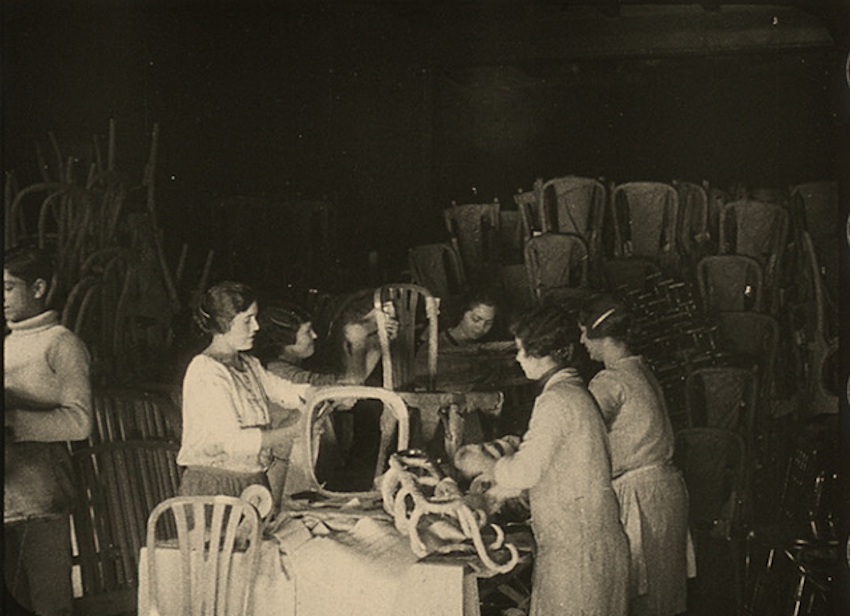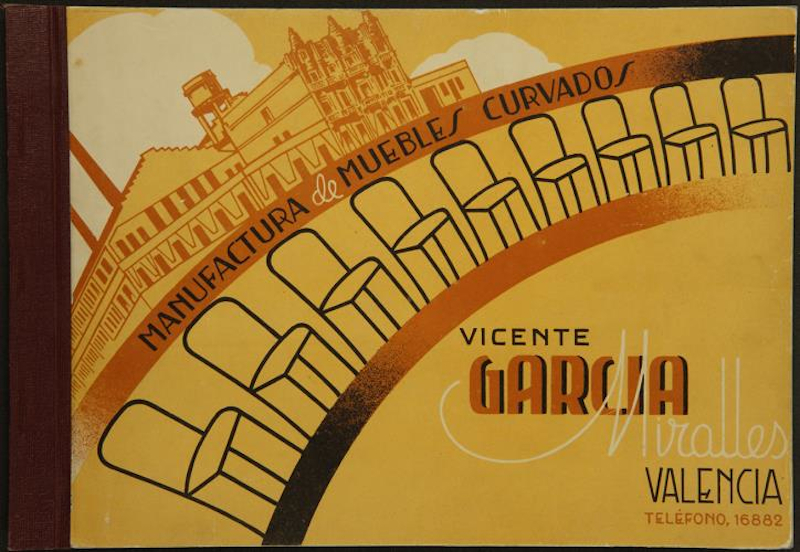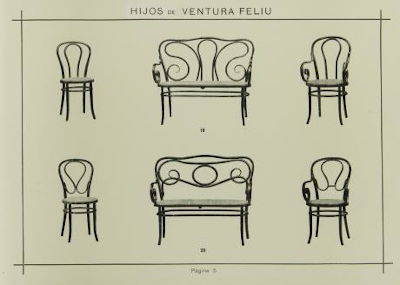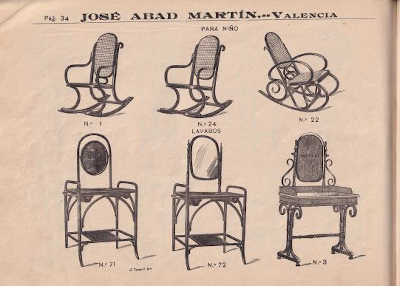
In the dawn of the 20th century Valencia made an initial successful attempt at modernization through curved bentwood furniture. This type of furniture marked the transition from traditional workshops to modern mass production factories, a transition that ensued from the concept of product rationalisation and the adoption of assembly line production. The very design of mass-produced parts introduced a new logic regarding the simplification of construction elements and assembly systems in order to maximise structural resistance while minimising the number of elements. The resulting aesthetics of this new process of wood bending and the new methods of product organisation and the construction of parts radically changed the domestic environment. The furniture was lighter in weight and volume, its preservation and cleaning became easier, the soft and gentle lines created silhouettes that embellished spaces without overloading them, as was the case with previous generations of handcrafted furniture, thus introducing the very first modern aesthetics in our country.
In this double transformation, women played an essential role as they became fully incorporated into the bentwood furniture factories and were involved in nearly all the stages of manufacture. They were active agents in the process of habitat transformation and modernisation through their fundamental participation in the selection process of furniture that would occupy new commercial spaces. Curved Valencian furniture is indicative of this double modernization in which women emerge as both a workforce and as active consumers. The success of curved furniture among the bourgeoisie and among the urban working class is evidence of the transformation of the role of women in Valencia in the first third of the 20th century.

Bentwood furniture in general, but specifically the Valencian rendition, is not only defined by mass production, product design, the development of local industry, the female workforce and as consumer goods for the middle class, but it also, as a whole and as an idea, forms part of the collective Valencian cultural tradition, one that originated in the first third of the 20th century due to the economic and commercial importance of this type of furniture and its daily use by the population.
Valencian curved furniture, which enjoyed much success in the first third of the 20th century, is the result of the industrial material culture imported from Austria-Hungary at the end of the 19th century. The techniques and designs developed by Michael Thonet and his sons (Thonet brothers) were adopted by other “Vienna furniture” manufacturers such as Jacob & Josef Kohn and Sons of D.G. Fischel, who all had some degree of influence on Valencia’s furniture upon the arrival this material culture to the city’s bustling port.
The bentwood technique applied to furniture manufacturing consists of using steam to heat solid beechwood bars cut to the appropriate lengths. Once out of the steam tanks, the bars are forced into metal moulds to give them the desired shape. The wood remains in the mould until dry and cool to conserve the new form. The parts are then joined together with unglued screws. Furniture of a variety of different styles and shapes can be made through this process.

Since the first patent for bentwood was filed by José Trobat in 1880, several different manufacturers have appeared in Valencia, such as Salvador Albacar, Ventura Feliu, Joaquin Lleó and Luis Suay. They fuelled the great expansion of curved furniture in the twenties and thirties up until the foundation of La Curvadora Valenciana in 1935. At the time, all of this made for a successful attempt at modernisation in the furniture sector in the social and economic context of Valencia at the time.
he exhibition reclaims a part of this memory of the Valencian history of industrial design by showcasing the different dimensions related to the design of curved furniture.

|

|












